I’m looking at these photos of researchers squeezing into these tiny cracks in the Rising Star cave, and all I can think is a big, fat “NOPE!” I guess I’m not cut out for cave exploration. That’s fine. I am glad there are people who are able to manage.
The following article has been reblogged with permission from Todd’s Blog. The views expressed reflect those of the author, and not necessarily those of New Creation.
Anyway, Lee Berger held a press conference this morning [Editor’s Note: 11/4/2021] to announce his latest research papers, published today in the journal Paleoanthropology. The first paper and the press conference focused primarily on the remains of another juvenile Homo naledi recovered from Rising Star. The remains are six teeth and 28 pieces of skull. They’ve been reconstructed into a face and given a name: Leti, which comes from the Setswana word for “the lost one.”
The fossils are interesting. Not the first juvenile Homo naledi bones by any means (description of a partial skeleton was published just last year), but its location makes it more interesting in my view.
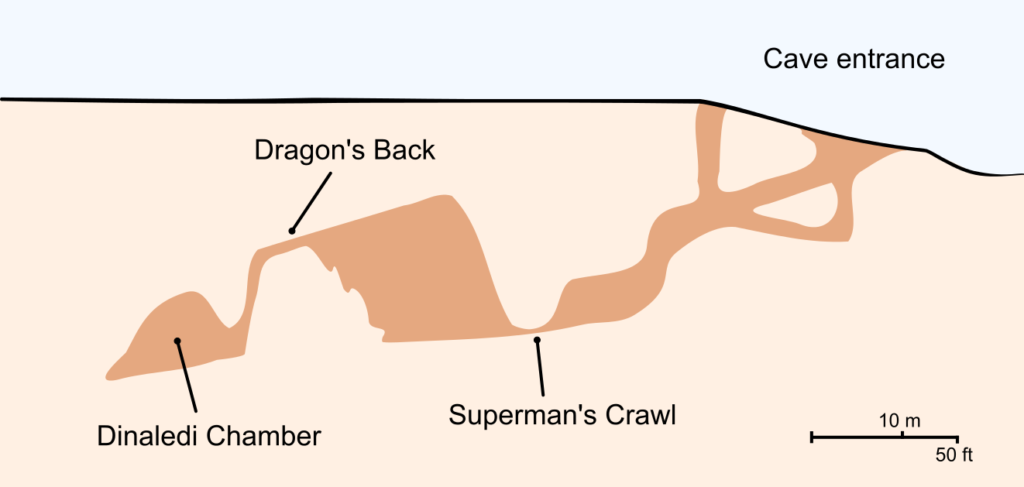
The second paper describes exploration of another 316 meters of cave passages around the Dinaledi chamber. To fully appreciate the results, we need to refresh our memories from the original discovery announced back in 2015. One of the things that made that original discovery so extraordinary was the peculiar features of the site. First of all, more than a thousand bones of Homo naledi were found in a single chamber (subsequently named the Dinaledi Chamber) deep inside the Rising Star cave. The Dinaledi Chamber was reportedly only accessible by climbing up a steep slope then dropping down a very narrow “Chute.” The bones in the Dinaledi Chamber didn’t have the sort of traits you would expect from something that had been washed in by water or dragged in by predators. Predators would bring in more than just Homo naledi, but the bones were almost entirely that species (a couple rodent teeth and owl bones were the main exceptions, but they weren’t securely associated with the H. naledi bones). The only other way a bone deposit like this could happen naturally is by a group of hominins falling into a sinkhole or crevice and dying. But there didn’t seem to be any way to do that in the Dinaledi chamber. Other than the Chute, there appeared to be no other way into that chamber from the surface, and no evidence that there had ever been another way into that chamber from the surface. This is sort of a classic design inference, then: When all other options were ruled out, the remaining explanation is design. In this case, they proposed that it was Homo naledi individuals who had brought the bodies of their dead into this chamber. The researchers called their hypothesis “body disposal,” mostly because there was no evidence at all that any ritualistic burial was taking place. Fair enough.
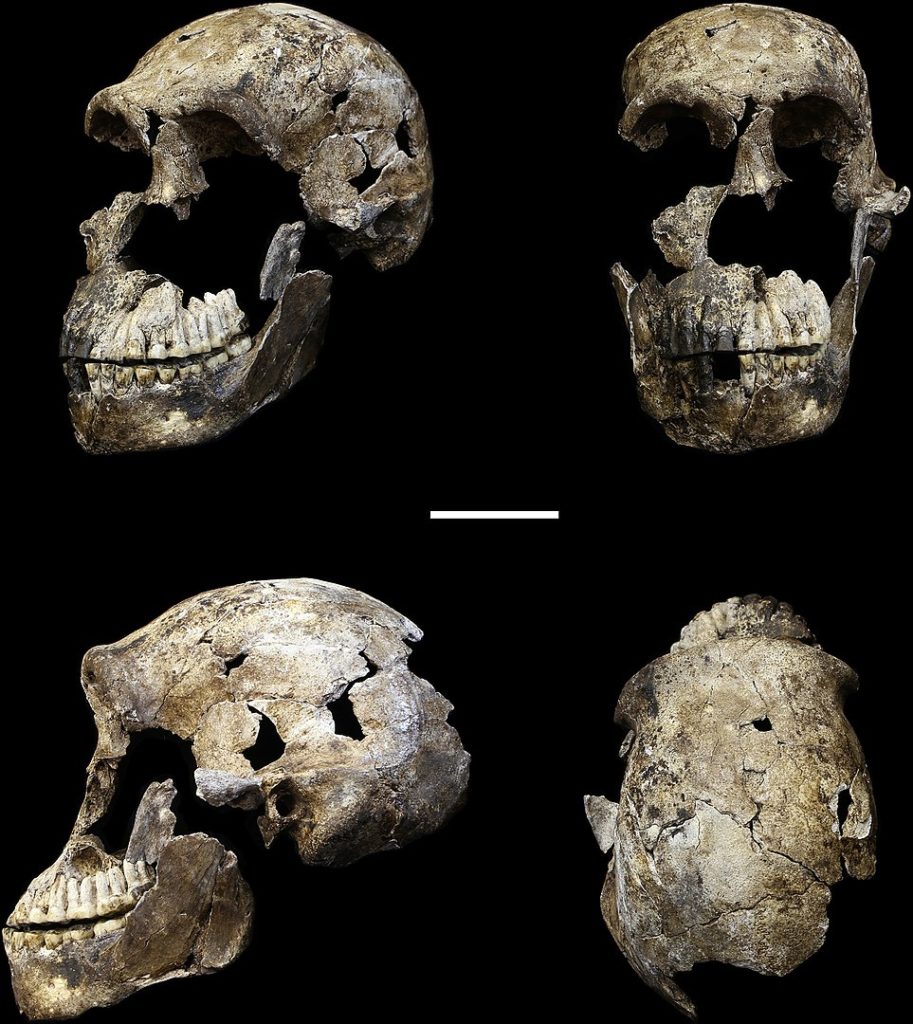
I found their arguments for body disposal compelling, and reasoning from it, I realized that whatever put these individuals down there must have mastered the use of fire. And so I wasn’t surprised at all to see my baraminology study of their attributes firmly placed these hominins in the human group. They were human. They buried their dead in this cave. For a fuller discussion of the body disposal evidence, see my post at Human Genesis.
Other creationists disagreed with me, and some even tried to claim that the bones had been washed in or represented a group of individuals who had gotten lost in the cave and died. In fact, Homo naledi is one of the most contentious of all the hominins among creationists. We all tend to agree across the board on Neandertals or Lucy (Au. afarensis), but we were (and probably still are) very divided on Homo naledi.
What does this new evidence add to our understanding? Further exploration of the Dinaledi chamber essentially confirmed that the Chute was the simplest and most navigable way into the chamber where the bones were found. They did find a second path in essentially from the same direction, but it was much less navigable than the Chute. Other than that, they found no other ways into the Dinaledi Chamber. So the place where the bones were found remains as inaccessible as it was when they first found it.
These further explorations also found other bones farther removed from the Dinaledi Chamber but only accessible by passing through the Dinaledi Chamber. The researchers reported four additional sites where bones were found on the surface, sites 108-111. The Leti remains were found at site 110 partially on a ledge above the cave floor, which the researchers suggest is most consistent with being placed there intentionally.
At site 108, they found two fragments of a single long bone, which they believe were part of a H. naledi humerus. At site 111, they recovered 33 bone fragments that have yet to be published but which are described as “consistent with Homo naledi.” The fact that these isolated elements have been found at such a distance from the Dinaledi Chamber (with no surface bones in between) suggests that like Leti, these bones were carried into those remote passages, possibly by other Homo naledi individuals.
Site 109 is to my mind the most interesting. It was there they found “six fragments of what has been preliminarily identified as a juvenile baboon.” There was a single baboon tooth found in the original excavations in the Dinaledi Chamber, but it was found in a layer beneath the Homo naledi bones and was therefore not part of the Homo naledi remains. These additional baboon bones found on the surface of the cave suggests that they can’t be so easily removed from being contemporaneously deposited with the Homo naledi bones. So that’s weird. The researchers described it as “interesting” and “not wholly unexpected.”
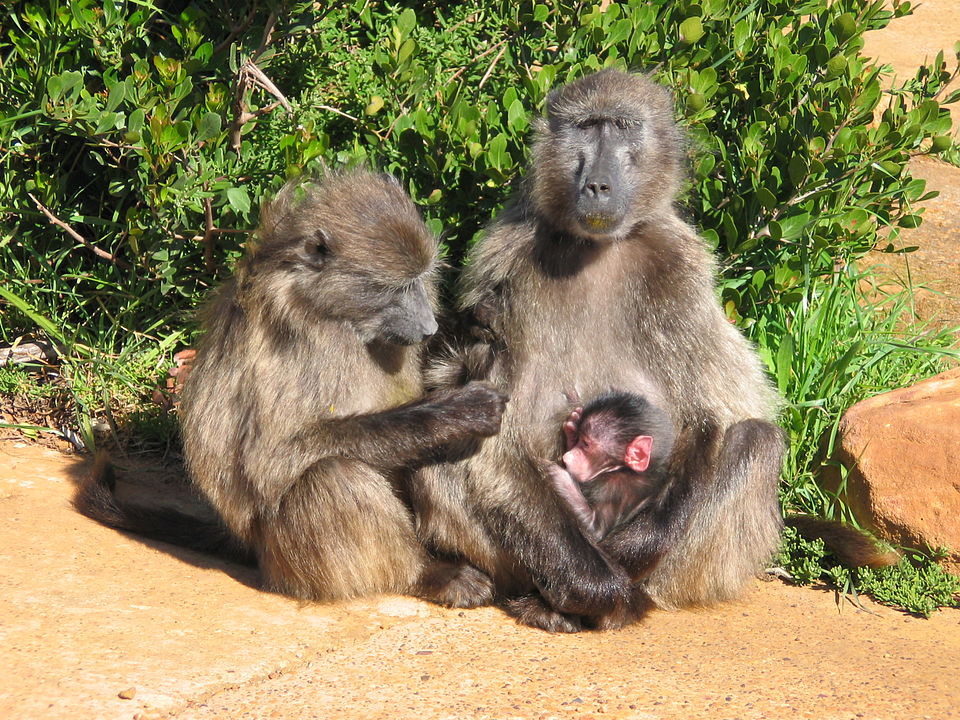
What really caught my attention about this is a recent paper by Charné Nel and colleagues that described a baboon sleeping site in a cave north of the Cradle of Humankind where the Rising Star cave is found. The baboon sleeping site is called Misgrot, and it contains a bunch of carcasses of dead baboons that are also age-skewed. Half of the remains are juveniles. There are also a few bones from other animals, but the bones at the site are dominated by baboon remains.
There’s obvious similarity to Dinaledi here: There are bodies at Misgrot that are partially or wholly articulated, similar to the articulation observed at Dinaledi. The distribution of individual bone elements found at Misgrot also resembles that of Dinaledi. Misgrot is dominated by a single species as is Dinaledi. Misgrot also exhibits prolonged use (based on 14 years of camera traps), which seems to be the case at Dinaledi as well.
There are important differences, however, the primary being that the Misgrot site is a deep, open sinkhole. From the bottom of Misgrot, light from the entrance can still be seen. That’s not at all the case with Dinaledi. I have a hard time imagining Dinaledi or Lesedi being convenient sleeping sites for animals with baboon-level intelligence, since they are deep in the dark zone of the cave. These Homo naledi individuals need light to see. Nel and colleagues note this difference but still (incredibly) claim that “several authors have proposed the existence, in the past, of an easier access to the Dinaledi Chamber.” The problem there is that there is no evidence for any other route, and this new paper from Berger’s team just further underscores that reality. There is no easier access to Dinaledi than through the grueling Chute. The people who are responsible for years of study at Dinaledi have not found any evidence of an easier entrance. “Easier entrance” is just ad hoc special pleading. So we need to let it go.
The fact that individual elements of Homo naledi have been moved from the Dinaledi chamber does suggest there were other things going on than just body disposal. They weren’t just dropping off the bodies and running.
To me, the research by Nel and colleagues demonstrates primarily that the most similar taphonomic scenario to Dinaledi is deposition of whole bodies followed by periodic disturbance, presumably by the presence of other Homo naledi individuals. I find it really hard to believe that this would be a convenient sleeping site for Homo naledi, since they’d have to go through the Chute and travel for hours to get in and out. Maybe they occupied other parts of the Rising Star cave but not Dinaledi.
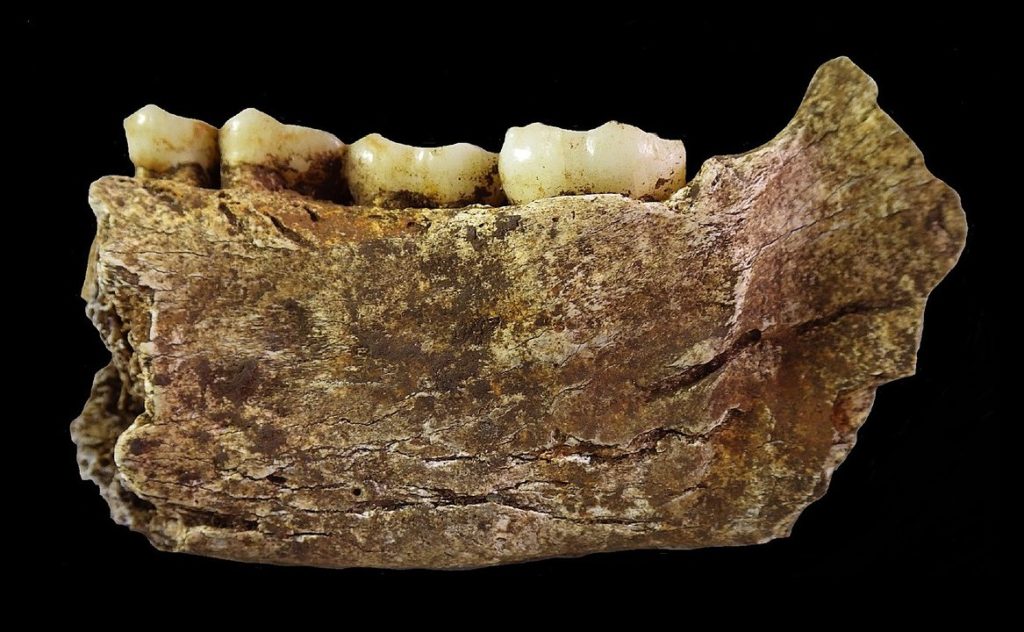
What about that juvenile baboon at site 109 in Rising Star? Well, we know baboons use caves as sleeping sites; that’s documented by, for example, Nel and colleagues. Perhaps this juvenile baboon really did wander in after getting lost? I guess that’s possible. What I do know is that the site 109 baboon represents the exception that proves the rule: The vast majority of material in Dinaledi and the passages beyond it are Homo naledi. Since Nel and colleagues noted a few pieces of other species than baboons at Misgrot, the presence of a single baboon at Rising Star would be consistent with their results.
The fact that individual elements of Homo naledi have been moved from the Dinaledi chamber does suggest there were other things going on than just body disposal. They weren’t just dropping off the bodies and running. It’s all very peculiar, and I suspect there’s a lot more data that we’re not privy to yet that will bear upon any explanations of how so many Homo naledi bones came to be in that chamber.

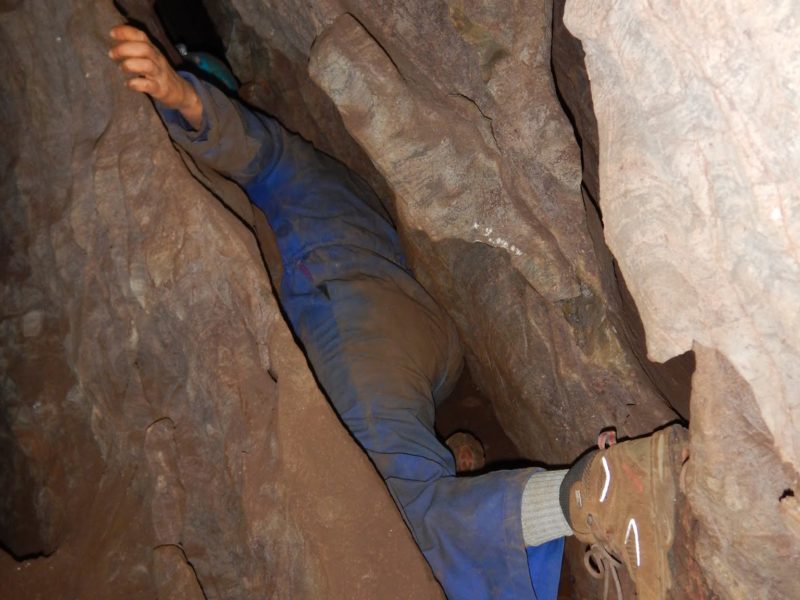




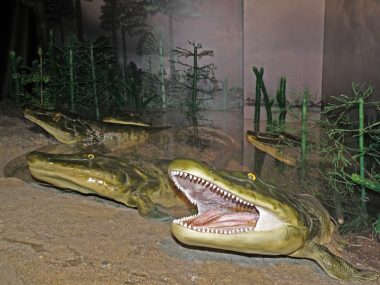





I wonder if there is a viable that there was a sleeping place near the entrance. But, on occasion, an individual would wander off in the wrong direction and get lost. Perhaps they would be motivated by a predator at the entrance. If the chamber, with the larger number of bodies, were harder to get into, than out of, I can see how it may have accumulated bodies over time.
I see two sloped areas in the illustration. Might and individual, coming from the entrance, have found the dragon’s back (the part on the right side) a viable place to climb. But, between the Dragon’s Back, and the Dinaledi chamber, it seems steeper. Is it possible that an individual in the dark would easily slip down, but have a difficult, or even impossible time retracing their path. And if there are other areas to try out closer to the base, then that would be more attractive areas to try for an exit, even if they are dead ends.